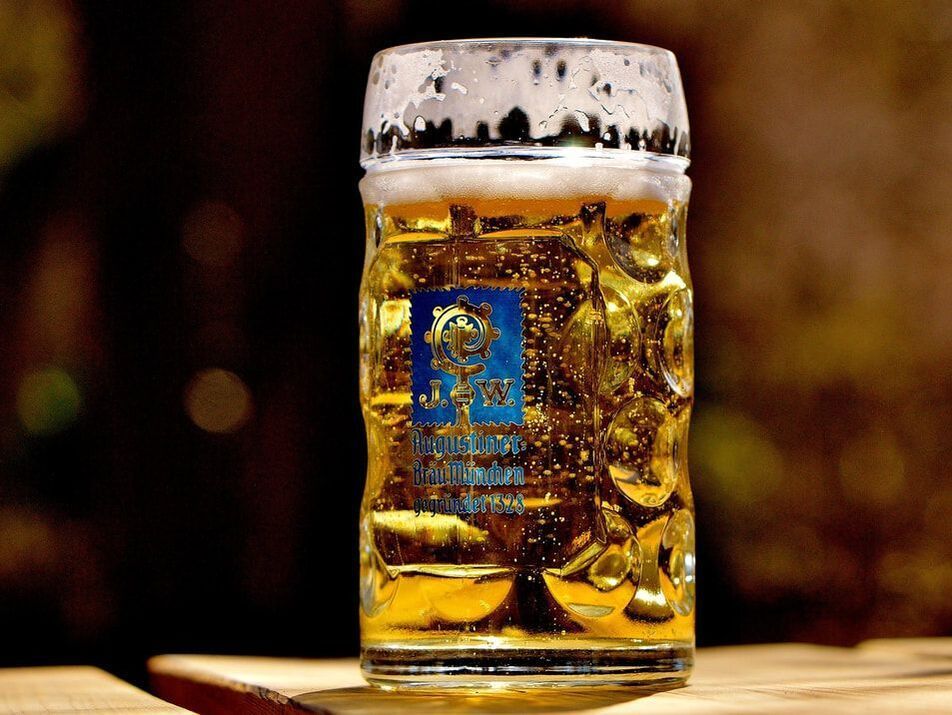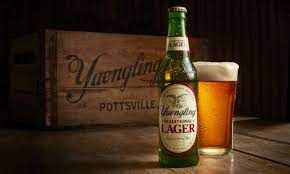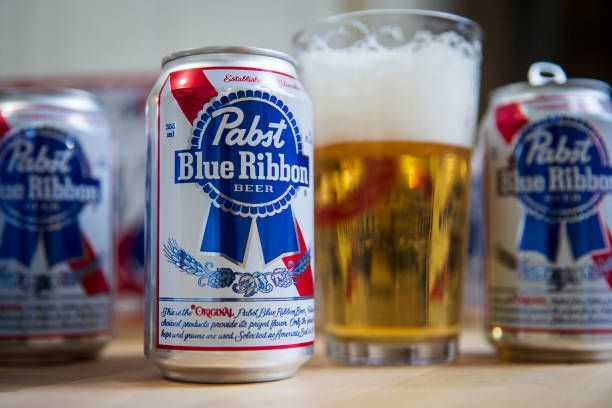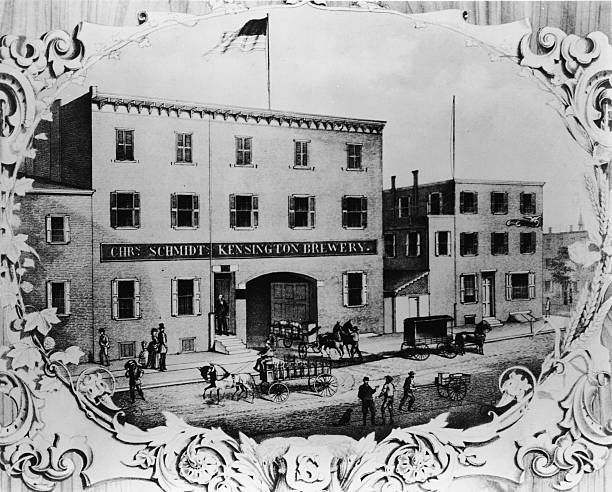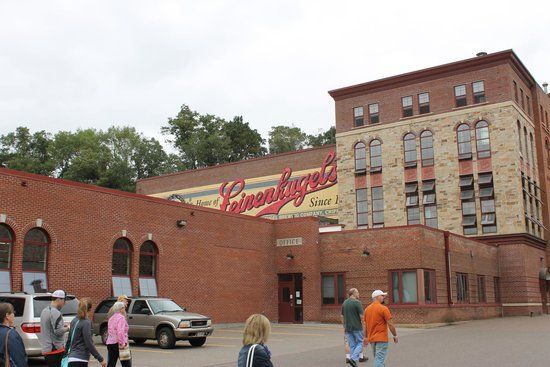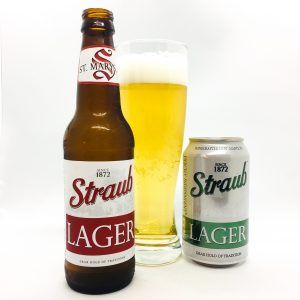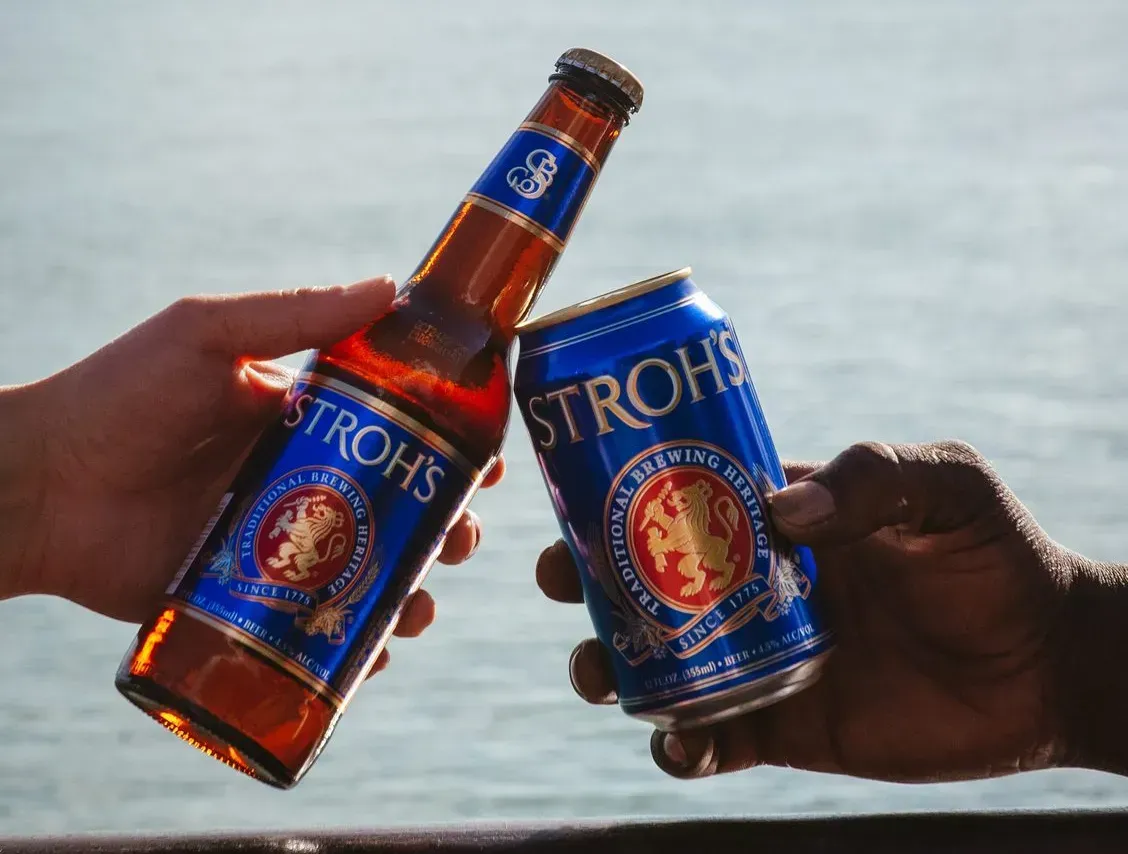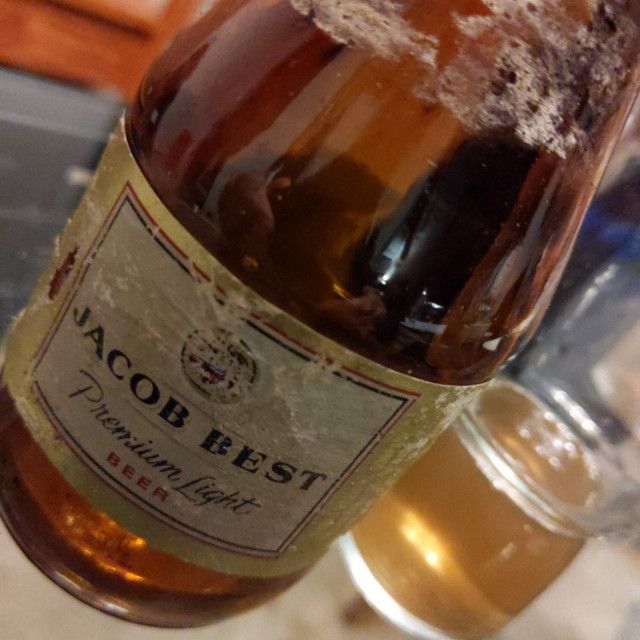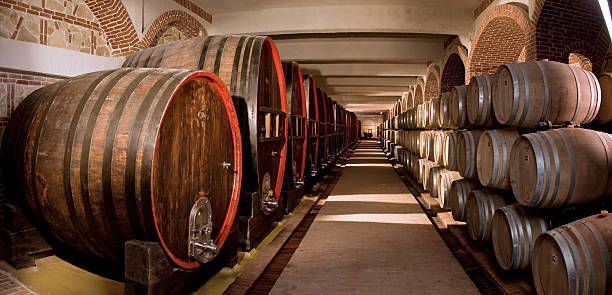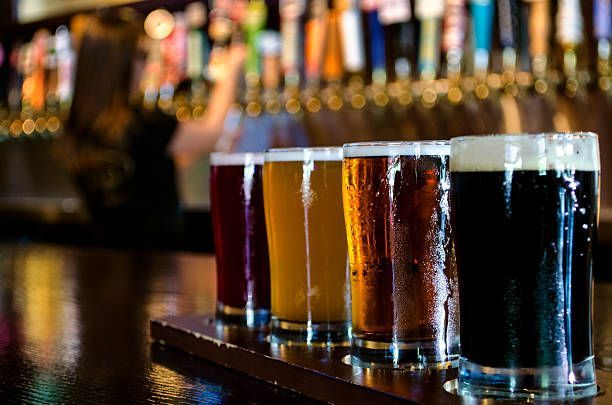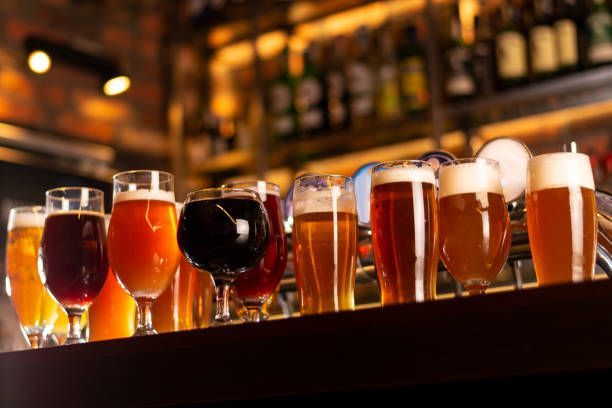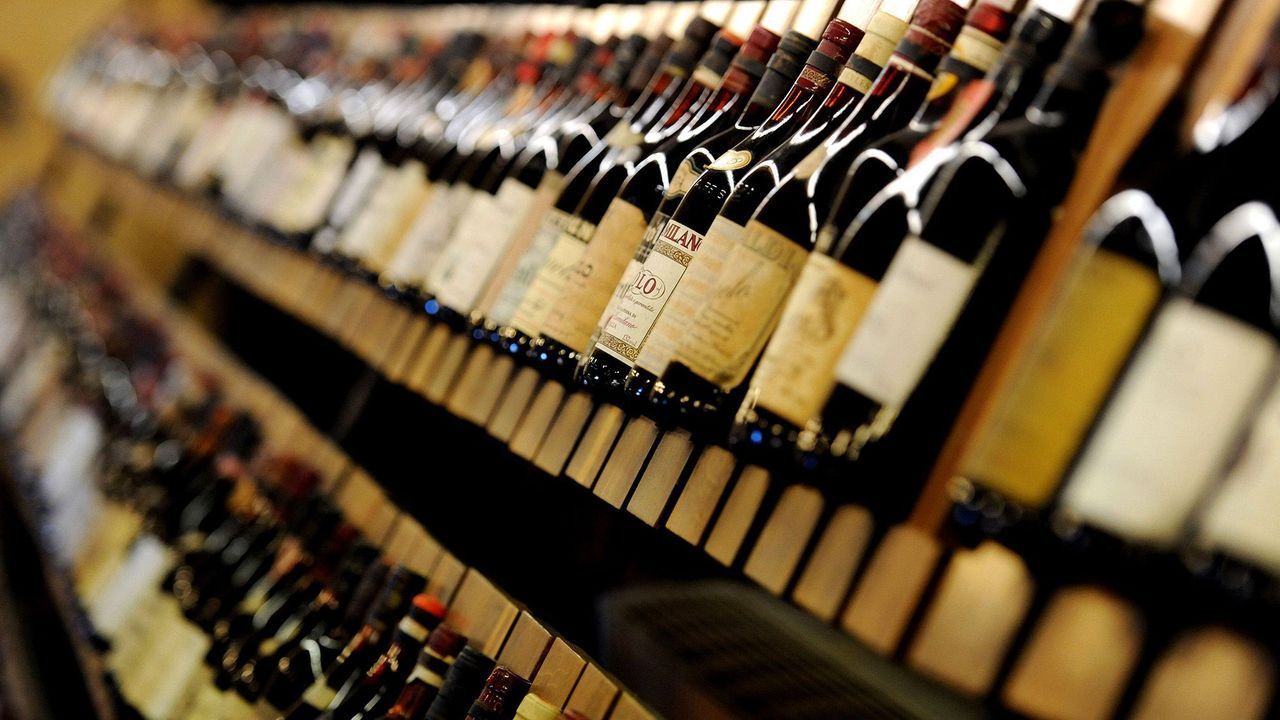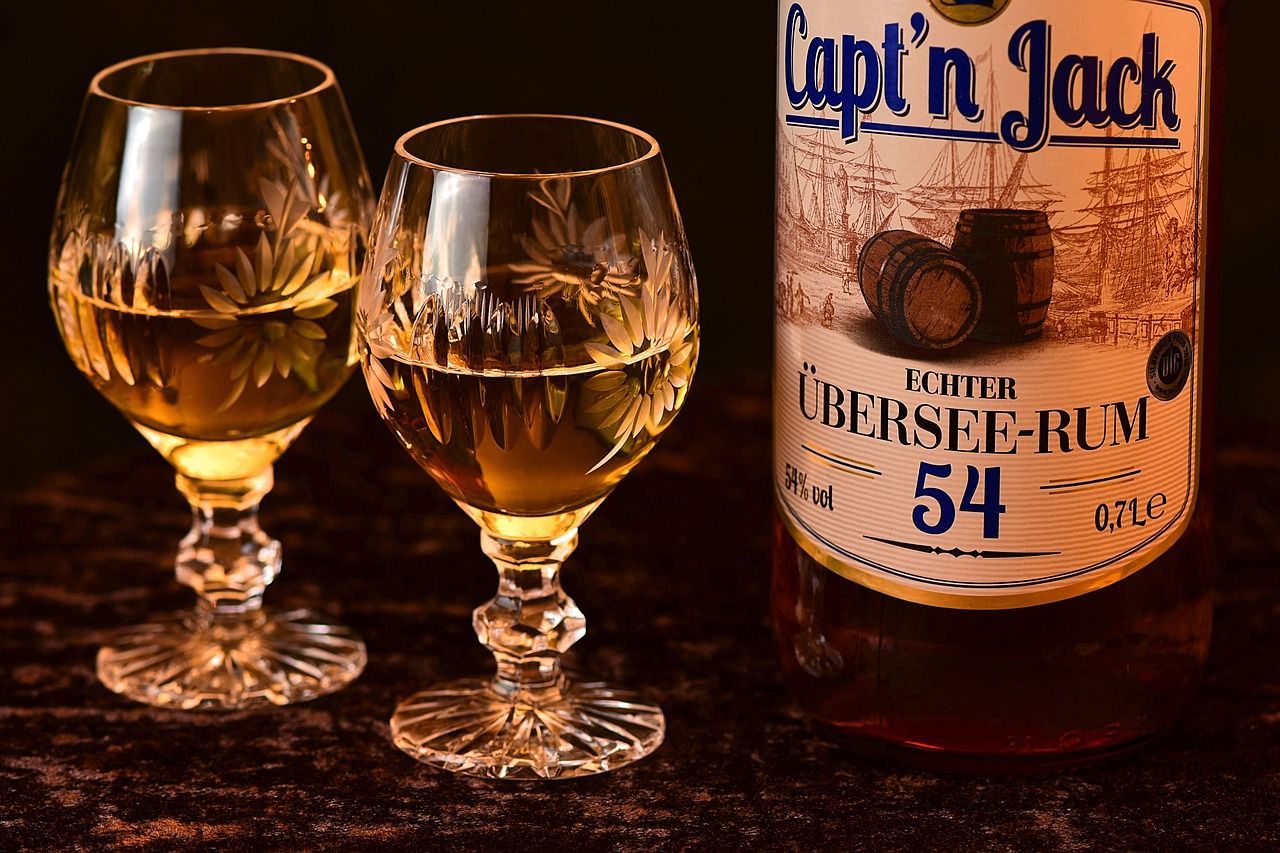The United States Constitution's 18th Amendment, which outlawed the manufacture, distribution, and transportation of alcohol, came into force in 1920. Prohibition had a significant effect on the brewing sector at this time. Breweries that stayed operating had to transition to non-alcoholic drinks or other products, and many of them were forced to close.
In 1933, Prohibition ended, and the brewing business started to steadily rebound. Large-scale brewers like Anheuser-Busch and MillerCoors dominate the industry, but the number of breweries in the U.S. has been declining. The craft beer movement didn't start to take off until the 1980s, when small-scale breweries started to produce distinctive beers with distinct flavors that posed a threat to the supremacy of the big breweries.
Brewing has a long and fascinating history in the United States, and there is a strong legacy of exploration and innovation. The development of beer in the United States illustrates the shifting preferences and views of the nation from the early days of settlement to the emergence of craft beer. Beer has remained an enduring element of American society despite the difficulties faced by the brewing business, as seen by its popularity.

